I’m always amazed on the difference in quality of tinned products, and to prove my point here’s three examples from two local supermarkets. The phrase “you get what you pay for” is true sometimes, other times I’ve paid good money for produce both non-organic and organic and quite frankly I’ve ended up with a poor product, expensive doesn’t always equate to quality. In the case of the tinned beans I bought here there is some truth in paying a few pence more and receiving different quality.
If you are buying beans that are going to be mixed and mashed with other things then the quality may come less into consideration, but if like me you’re often using beans and lentils as the main ingredient then both the taste and bite will matter. All of these are non organic, to the left you have Sainsbury’s Butter Beans in water, middle is Napolina Butter Beans in salted water, and to the right Tesco Butter Beans in water. Having all three tins opened it became clear straight away that Tesco’s Butter Beans were by far inferior quality, you could see quite a few of the beans had disintegrated and a lot the skin had separated which I can ensure is not nice when eating.
Below left I have the Sainsbury Butter Beans and to the right Napolina. The striking difference between the Napolina beans are the shape and colour of them compared to the other two, they’re a different variety of butter beans and until this little experiment I was under the illusion all butter beans were flat and pale. The dried butter beans I buy are also this variety; flat and large and a pale creamy colour. These particular ones in the Napolina tins are smaller and more rounded.
Below you have again the Napolina butter beans this time to the left and Tesco’s butter beans to the right, all that loose skin in the Tesco’s brand makes for unpleasant eating. The difference in cost between Tesco and Sainsbury’s butter beans is about 10 pence and it’s 10 pence well spent if you don’t want to chew on bean skin.
The Proof Is In The Eating
I use to think tinned butter beans were ok as far as flavour goes but it wasn’t until I ate Napolina straight from the tin that I realise the difference in taste. Tesco goes without saying tasted the same as they looked, tasteless, devoid of a pleasant texture, no bite, they were more of a ‘mush’. Sainsbury faired better on the texture and bite front but still the taste wasn’t all that great. This particular variety of butter beans in the Napolina were lovely and I could eat them straight from the can, I could understand for the first time why Butter Beans were called Butter Beans, they had a creamy buttery texture making them stand out, I would happily sit and eat them as you would nuts. This tin test I photographed about three months ago and in the middle of writing this today I took a break to make lunch with…yes…a tin of butter beans, a Napolina tin but I was a bit disappointed.
Today’s Napolina butter bean tin (photo below) still contained good butter beans but I detected a mixed variety of the bean, the quality it seems was not as high as my cans back in the summer. Consistency in quality in products like this has to be very hard to achieve as I assume you’re sourcing beans from different places. I’m also left wondering if at different times of year it makes a difference to the quality of the bean, the availability? My point of this post was not to tell you to buy a particular brand as that’s not my motivation but to make you think about what you’re buying for what purpose, if like me you love your pulses to play centre stage then try out two different varieties next time you’re shopping and see which one suits you best.
My favourite quick snack with butter beans tossed in a pan with shallots, chourizo, parsley and lots of extra virgin olive oil.
Below the daylight was awful and overcast and the quality of the photo reflects that but just wanted to show briefly two organic brands next to each other and the difference in quality, to the left Epicure Organic Lentils and to the right Sainsbury Organic Lentils. The brand Epicure came out very poor and I was quite shocked sitting them next to the Sainsbury ones just how awful and unappealing they looked, they were mushy with mixed variety blended in, made me wonder if it was just a bad batch of them. I’m interested enough now to buy another tin and see if they turn out as awful as this again.
Can of Epicure Organic Lentils below. Mushy, unpleasant both in appearance and taste.
Can of Sainsbury Organic Lentils below. A superior lentil to the Epicure brand, good texture.







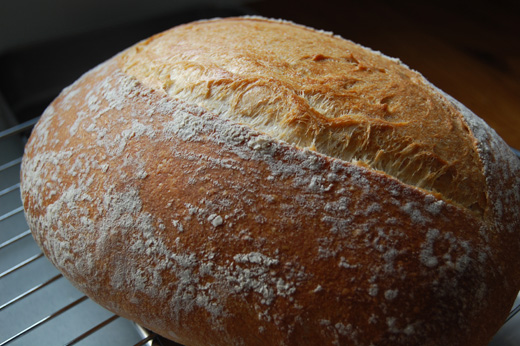




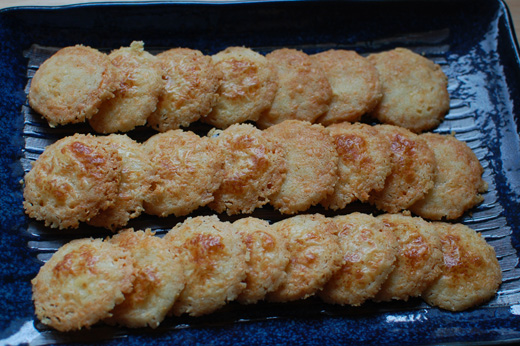
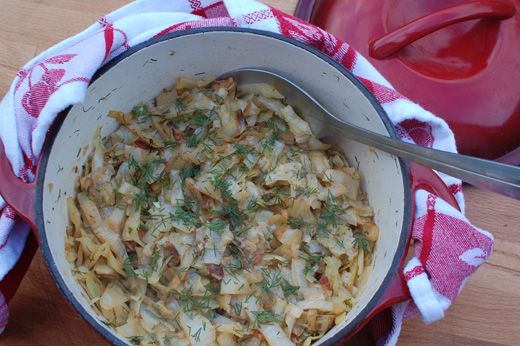

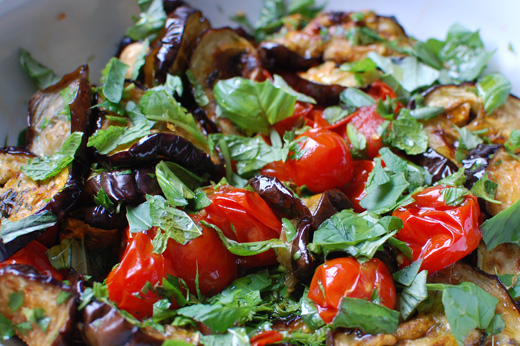
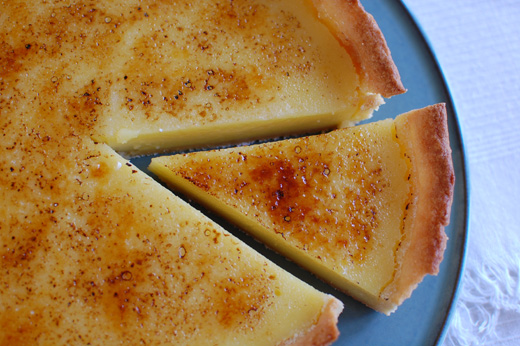







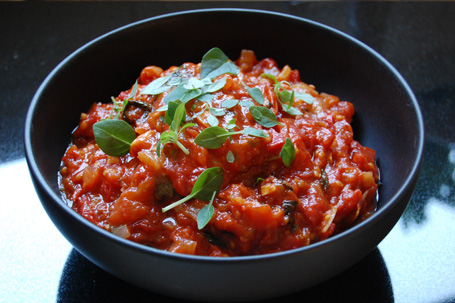
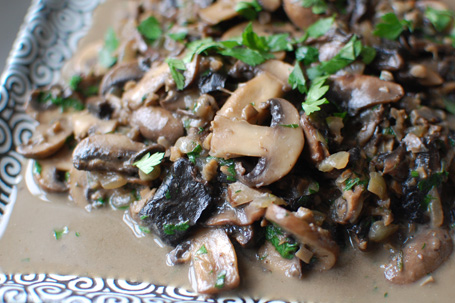

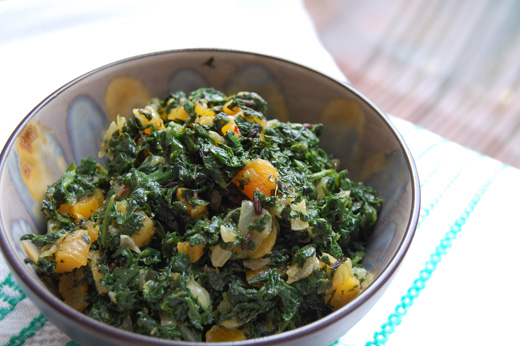
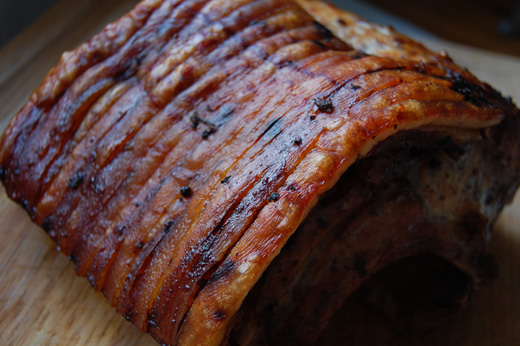








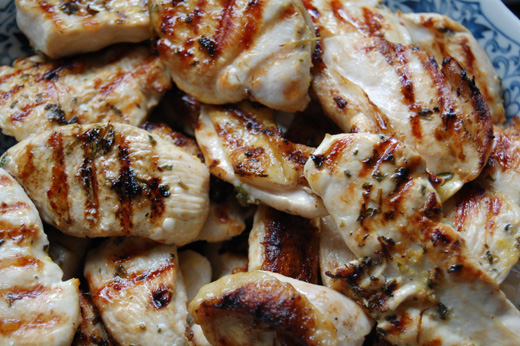


{ 8 comments… read them below or add one }
Great post! Over the last ten years I have gone from mostly using tinned pulses to 99% cook from dried and my pleasure in eating them has increased exponentially. I do/did find Epicure always disappointing – sad to see they haven’t improved.
I can vouch for waitrose organic chick peas as being pretty good for a quick hummus should the need arise!
hi Bron, you’re right it’s good cooking pulses from dried and one of the best things about it is adding flavour to them as they simmer, I’ll add stock veg like carrot, onion, leek, bay leaves, olive oil and so on depending on what they’re for. Going back to the tin products once you start buying different varieties you notice the difference. By the way today I was still thinking about your garden cucumbers! Bought some to dress them in the sweet and sour marinade, and some for sushi rolls.
Great to see the difference, side by side…
I’ve always preferred to soak dried beans overnight and cook those. The final texture is definitely better than the texture of most tinned beans. And the liquid is nicer as well.
I love the sound of your butter beans with chorizo. (Must find out what “butter beans” are called here… Cook’s Thesaurus says they are “favas” but they look more like “lima beans” to me.)
Hi Elizabeth – my google search is coming up with Lima beans being the same as butter beans. Lima it says is native to South America which would make sense why the Spanish are well known for growing and eating some of the best quality butter beans on this side of the pond, since it would likely be them who brought them over.
I didn’t realise until doing the tin test you can have slightly different shape butter beans, a more rounded variety, I wish I could track them down in dry form around where I live, the dried variety I can get is fine but maybe I’ll search around a Spanish specialist shop.
We have Fava beans in Portugal and they are called ‘favas’ but they are what in the UK are known as broad beans, and eaten here mainly while green, while in Portugal it’s also common to eat them from dry and cooked as other beans.
The lima beans we see are usually green and frozen. I’ll look around though. It’s quite possible that I’m not looking in the right place.
(Of course, I’m sure that Romanos or Navy Beans would work just as well with the chorizo.)
Oooh! It just occurred to me. Of course I should try at the Portuguese supermarket!! They’re likely to have this kind of bean, if anyone in town is.
Use your favourite bean, and yes navy beans would work, I’ve never come across romanos beans….time for a google!
Thanks so much for carrying out the comparison test, Azélia! I usually buy tinned beans and lentils from Sainsbury’s. I do like their organic green lentils which go so well with salmon. When I soak the dried beans, I usually put a crushed garlic clove into the water, so that the beans absorb the flavour.